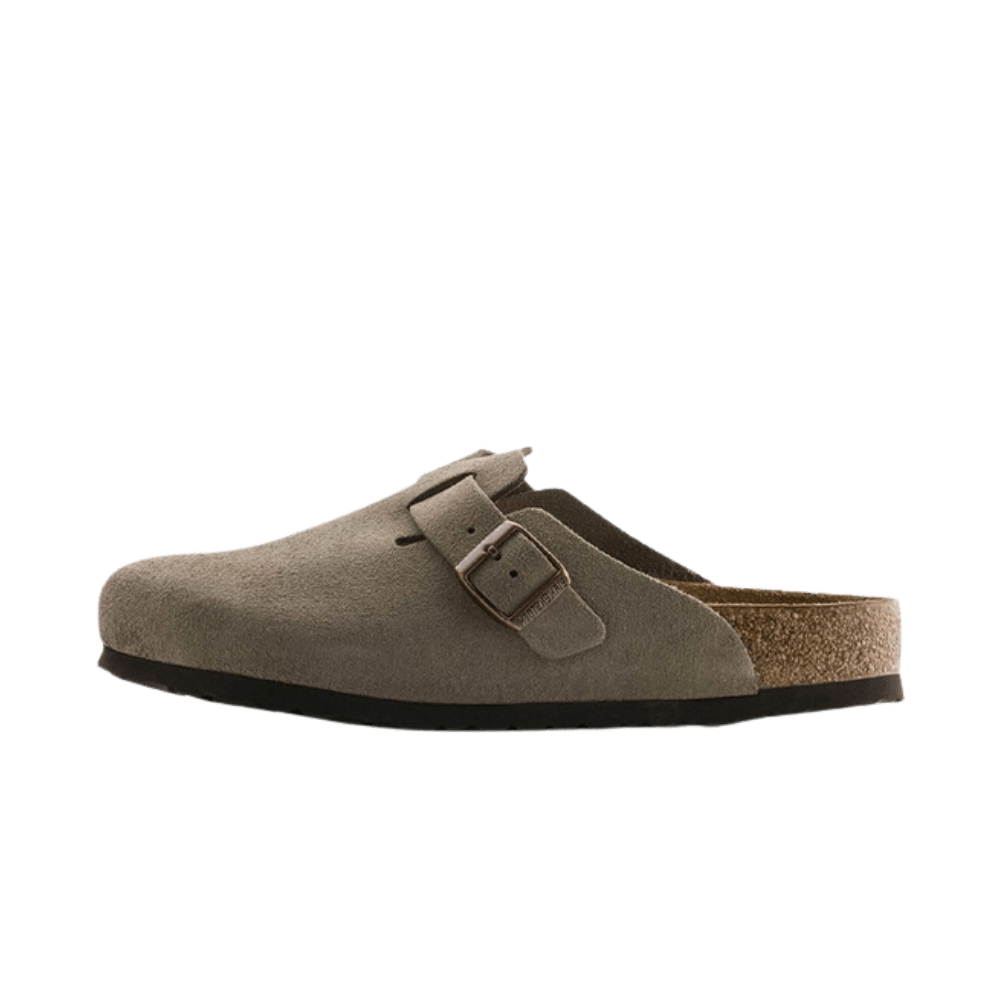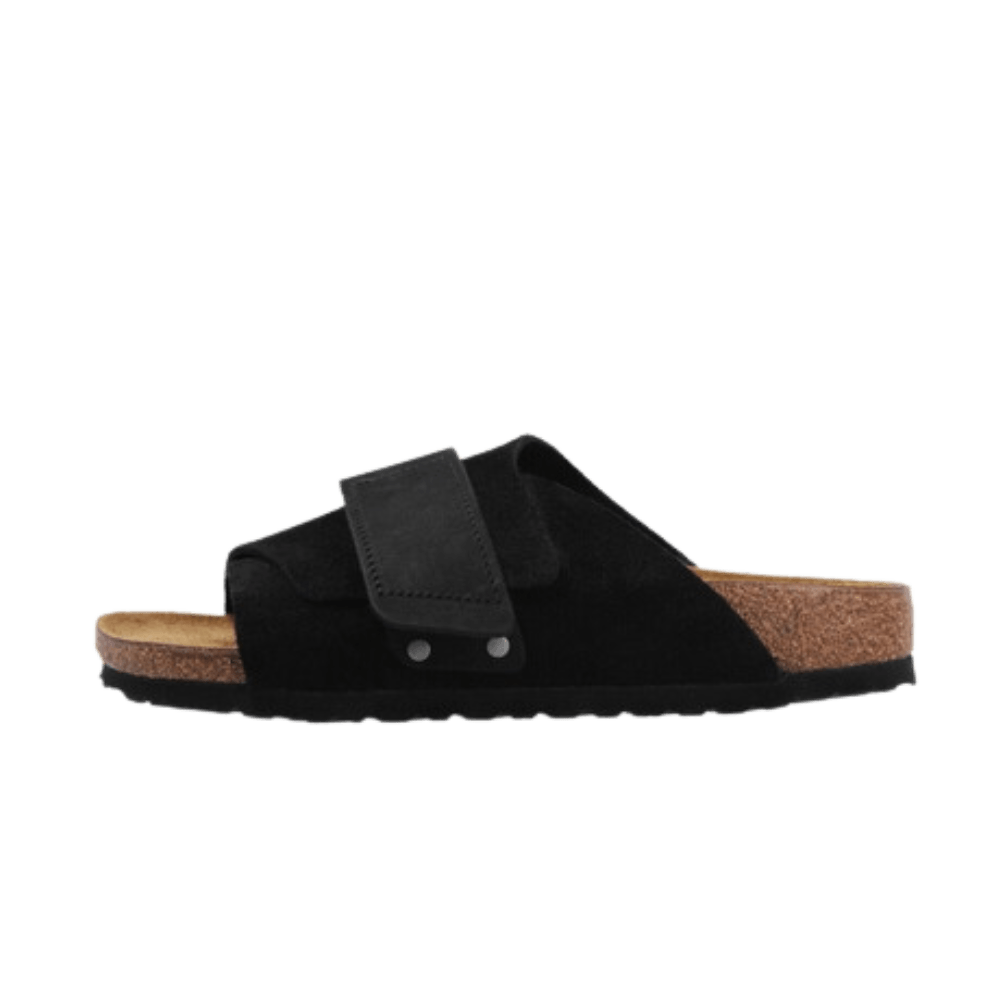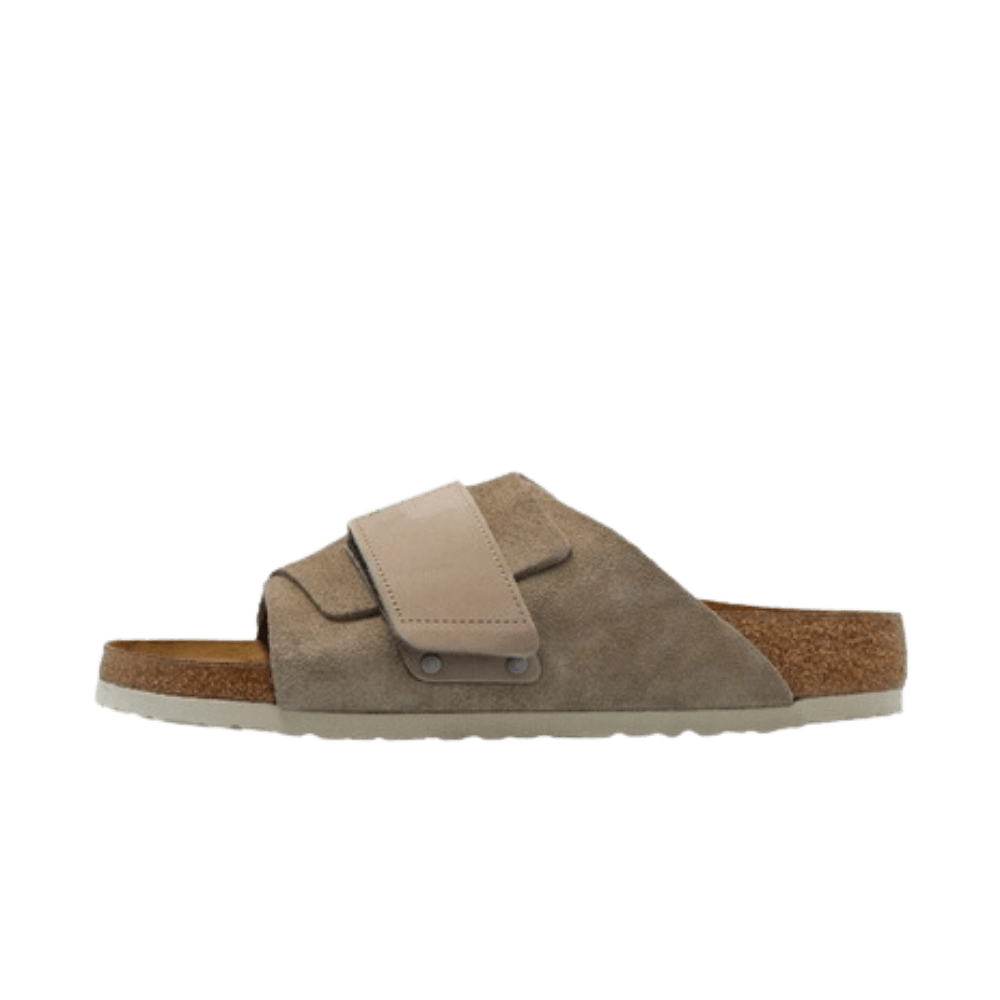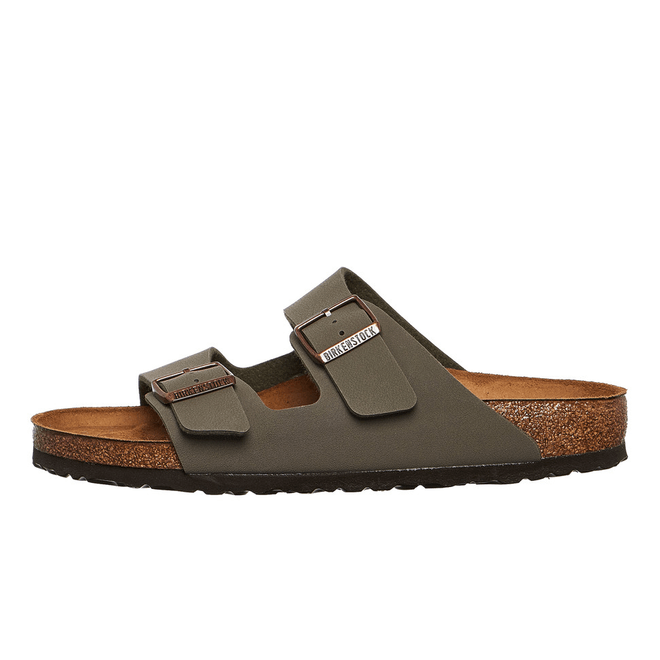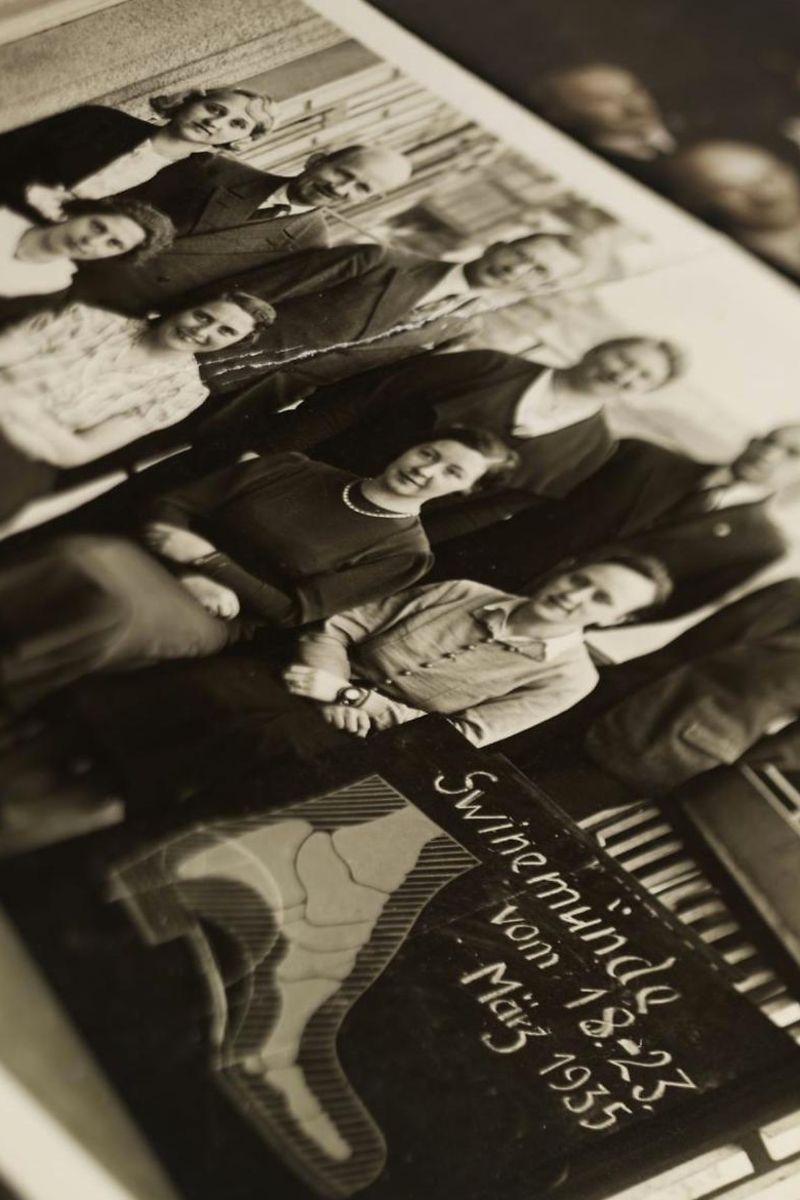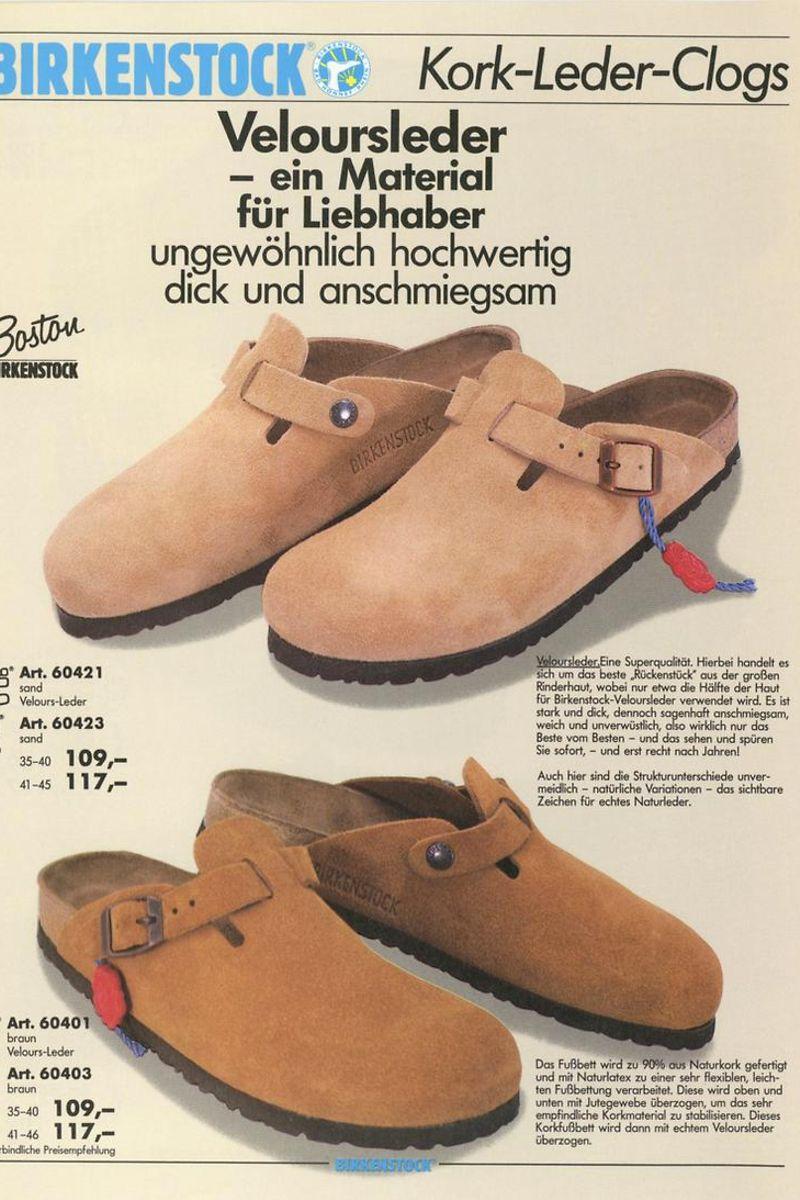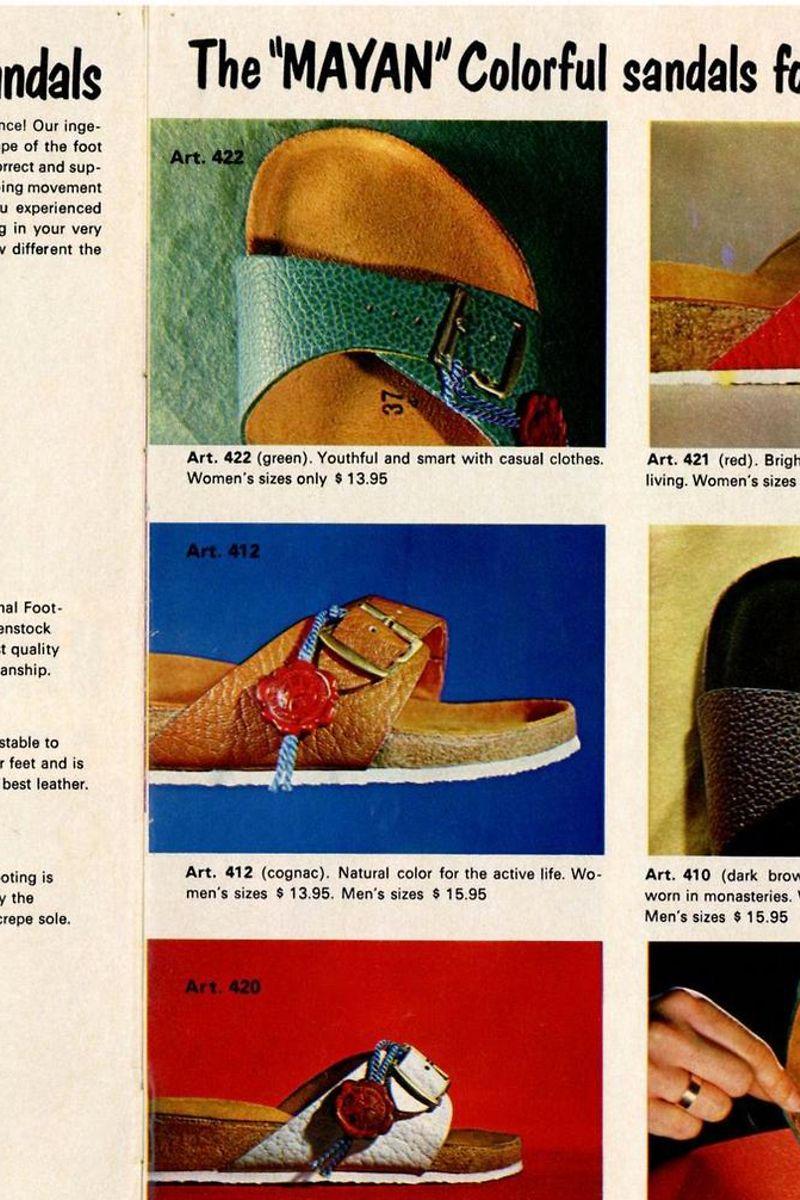Birkenstock
All Birkenstock Shoes
See allBirkenstock
Known for its exceptional style, comfort, and quality, Birkenstock has been synonymous with orthopaedic design and foot support since 1774.
By using eco-friendly cork, jute, and natural latex footbeds, Birkenstock shoes, boots, and sandals combine high-quality materials with foot health benefits.
Birkenstock is a family-run business that remains one of the most trusted names in footwear today thanks to its enduring popularity and global recognition.

Birkenstock Models
Shop allBirkenstock Technology
The contoured footbed was developed by Birkenstock in the 19th century as part of its design philosophy.
By combining cork with latex, the footbed provides custom comfort and weight distribution over time as it adapts to the wearer's feet.
It is anatomically shaped and provides arch support, a deep heel cup, and a roomy toe box.

The History of Birkenstock
Birkenstock Today
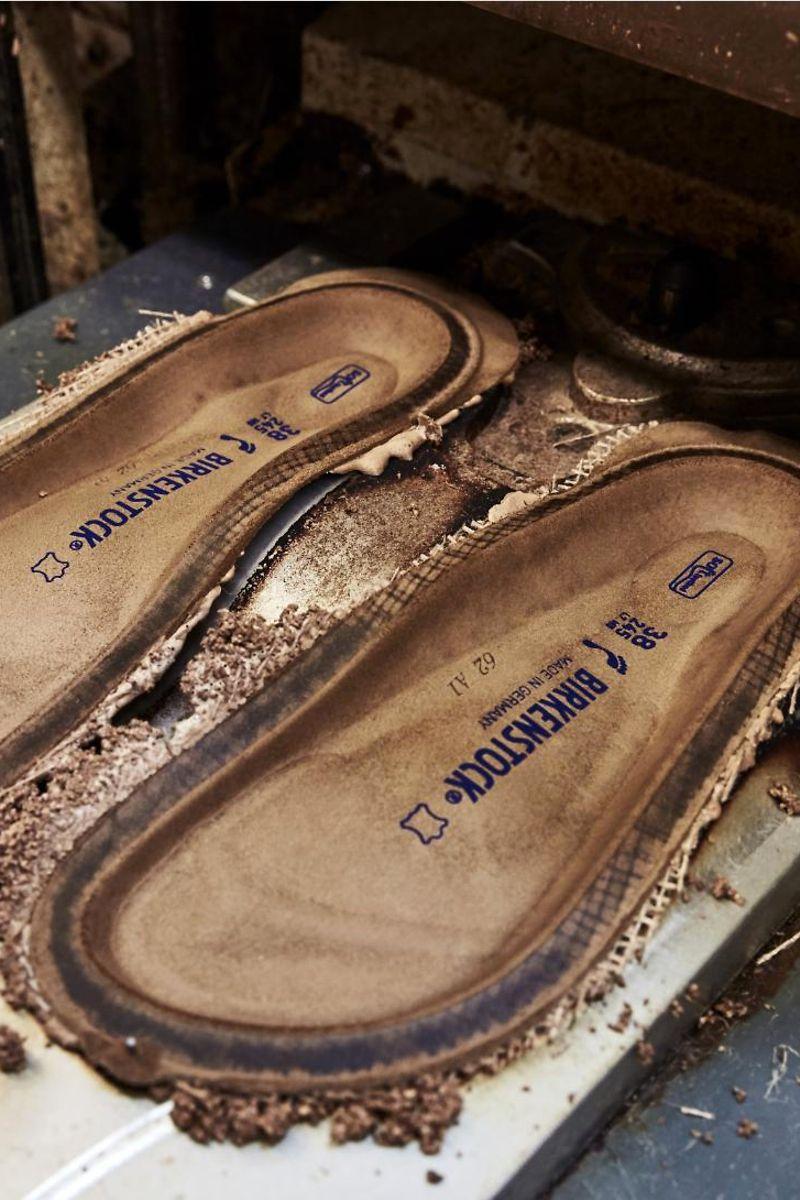
During the 2000s, Birkenstock expanded the brand's product line even further. In 2003, Birkenstock launched closed-toe shoes and boots, expanding its expertise in foot health and comfort. As an innovative footwear brand with a lasting legacy, Birkenstock celebrated its 245th anniversary in 2019.
Did you know?
During space missions, NASA astronauts wore Birkenstock sandals.
The footbeds provide support and comfort even in zero gravity.
Because they conform to the feet and distribute weight evenly, they are ideal for astronauts experiencing foot swelling and hardship during space travel.


